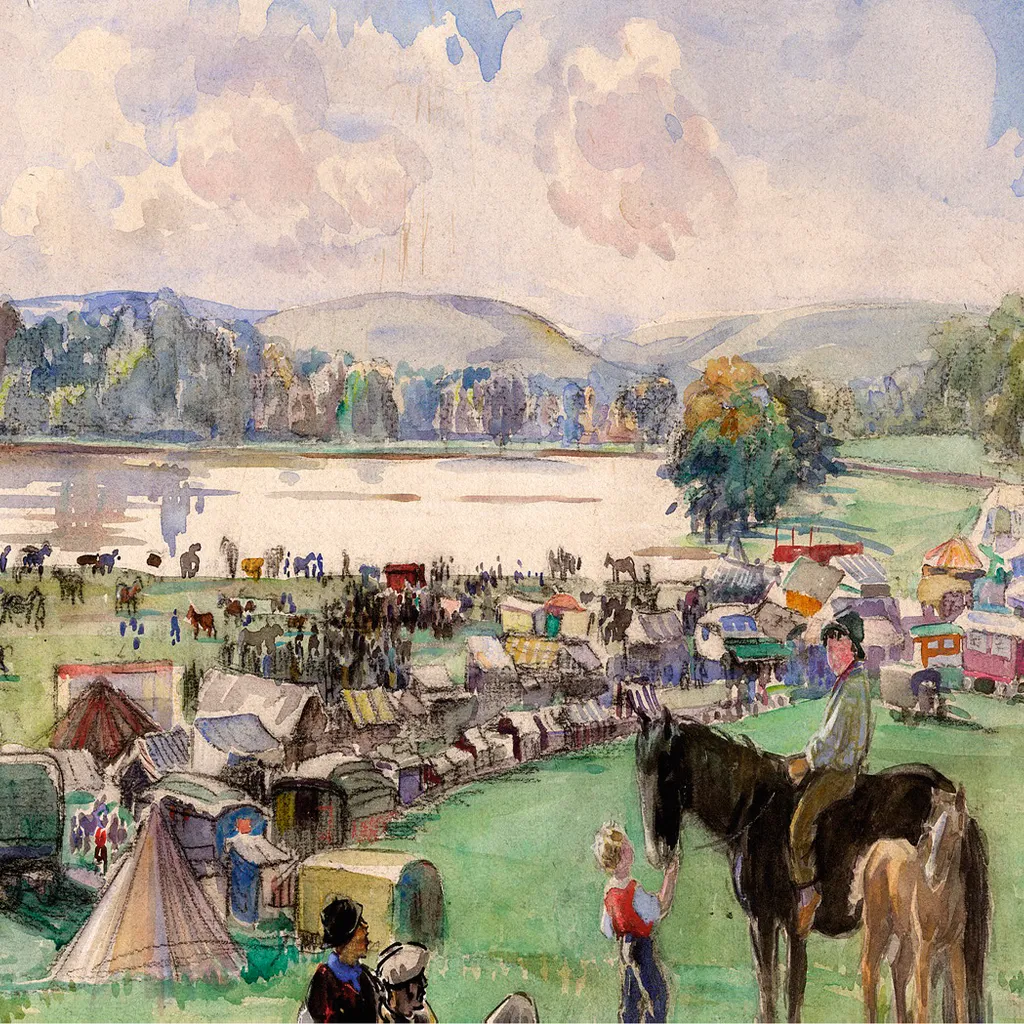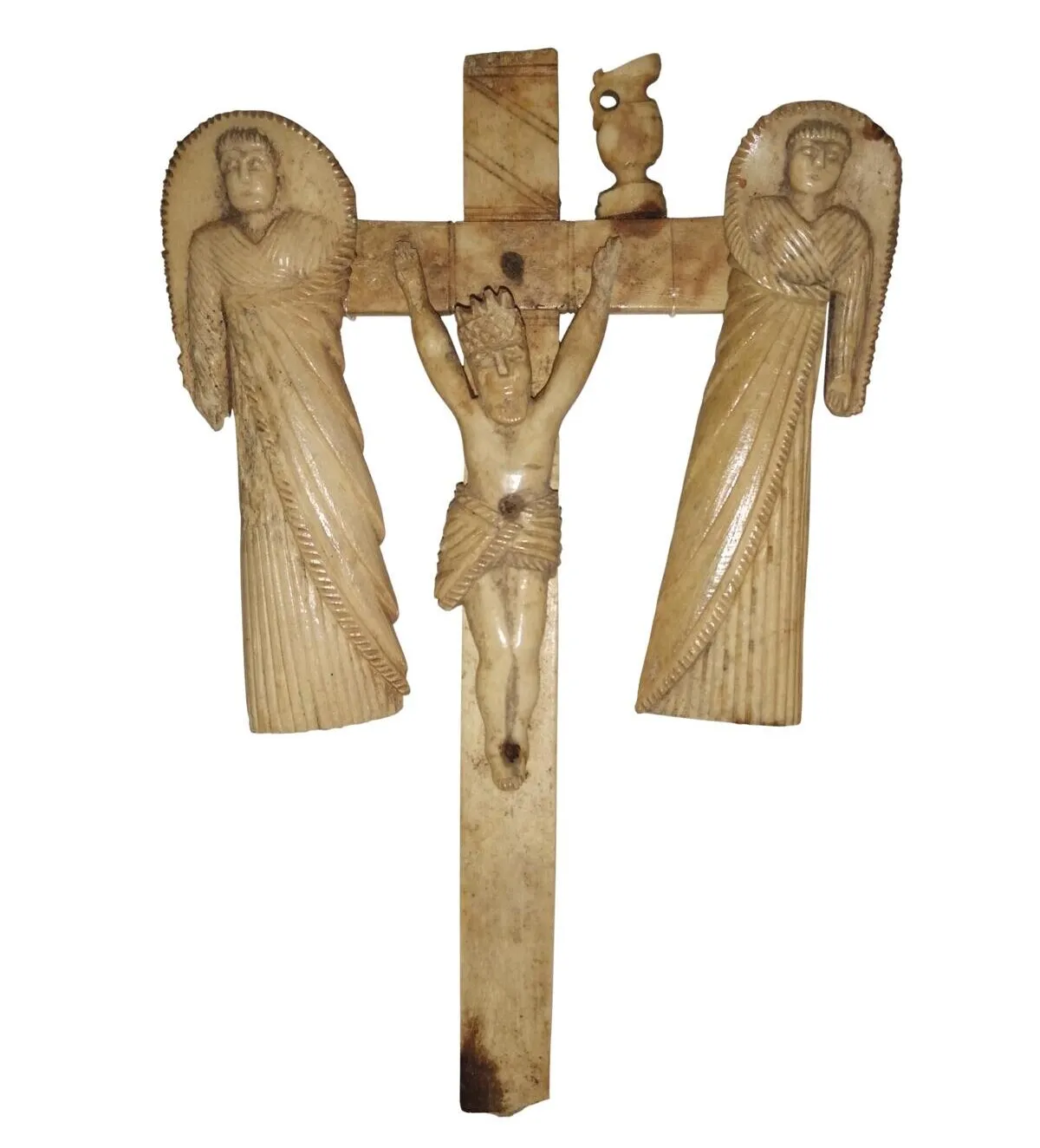We tell the story of Petersfield and the surrounding villages through the museum’s 22,000 objects. Our collections range from artwork by a local artist called Flora Twort, who was working here during the 20th century, to historical costumes donated by the local school, Bedales, which had used them in theatrical productions. Our social history collection covers a wide range of economic and cultural history from the Petersfield area.

Between 2014 and 2017, the museum undertook archaeological digs on Petersfield Heath. We uncovered bronze age burial urns from a cemetery and found the fossilised remains of a wooden handle that would have been used to carry a sack of cremated remains to the graves. Nothing like that has ever been found before, and The British Museum was quite interested in it. We also uncovered a lot of arrowheads dating to the stone age as well as the bronze age, and these were buried with the urns. The pieces are now on display for the first time. We have such a diverse range of objects, which means the museum is vibrant, as we tell stories through all these different collections. We used to have separate galleries for the pieces, but now we display them together, so they all tell one story in context, which highlights their significance.
We have just reopened after an expansion and refurbishment funded by The National Lottery Heritage Fund, which has linked the courthouse – where the museum was originally housed – to the neighbouring Victorian police station that we bought in 2016. With more space, we can now show more of the collections at the same time. We’ve added two new high-security galleries, which will enable us to have touring exhibitions from, we hope, national institutions like the V&A. We also have new stores, so the objects are kept in better environmental conditions.
Converting the police station was a huge part of the project. We conserved the buildings and restored them as sensitively as we could, wanting to ensure we used original paint colours. Visitors can now see elements of the buildings as they might have looked in the Victorian period when they first opened. There’s a gallery with a collection of historical objects used for law-enforcement, including 18 truncheons, but it’s the cells that capture people’s imaginations the most. You can go in and lie on the original bed that the prisoners would have slept on, and there’s a smell box that releases the sorts of aromas you would have experienced at the time. It’s very evocative.
One of my favourite pieces is a bone crucifix, which was probably made by a prisoner of war during the French Revolutionary Wars (1792–1802). Prisoners were held at nearby Portchester Castle, and were encouraged to make things and take part in activities. They held a market every day to sell items they’d made, so someone could have brought it from Portchester to Petersfield. Prisoners of war were also sent on parole to Petersfield, so some of them would stay in the town. We discovered that three had come from the French Caribbean – the wars were a global conflict. That was at a time when France had abolished slavery, so they were imprisoned because they were fighting for their country, not because they were slaves. The crucifix is on display in the section on Petersfield’s political history, where there are also Georgian embroidered frock coats – it’s my favourite part of the museum.
